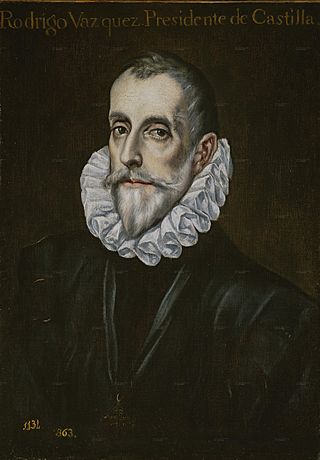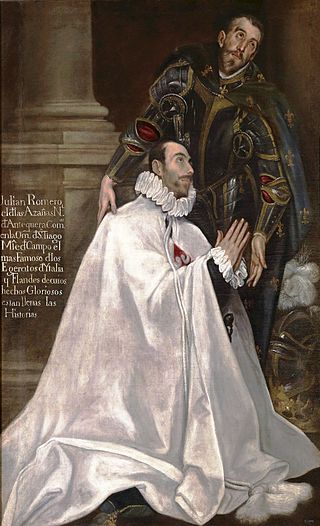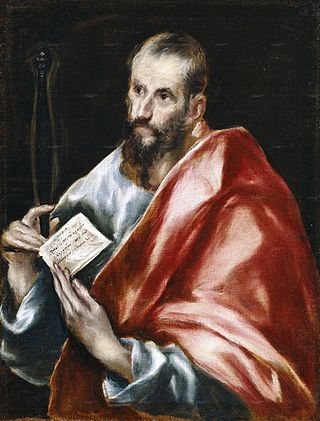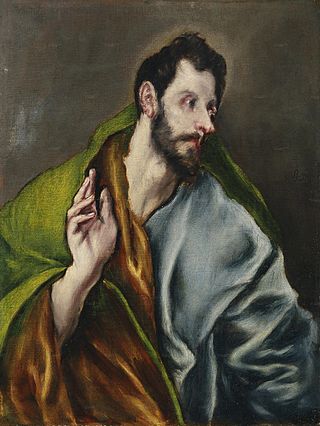
The Prado Museum, officially known as Museo Nacional del Prado, is the main Spanish national art museum, located in central Madrid. It is widely considered to house one of the world's finest collections of European art, dating from the 12th century to the early 20th century, based on the former Spanish royal collection, and the single best collection of Spanish art. Founded as a museum of paintings and sculpture in 1819, it also contains important collections of other types of works. The Prado Museum is one of the most visited sites in the world and is considered one of the greatest art museums in the world. The numerous works by Francisco Goya, the single most extensively represented artist, as well as by Hieronymus Bosch, El Greco, Peter Paul Rubens, Titian, and Diego Velázquez, are some of the highlights of the collection. Velázquez and his keen eye and sensibility were also responsible for bringing much of the museum's fine collection of Italian masters to Spain, now one of the largest outside Italy.

The Assumption of the Virgin is an oil on canvas painting by Greek-born artist Doménikos Theotokópoulos, known as El Greco in 1577–1579. The painting was a central element of the altarpiece of the church of Santo Domingo el Antiguo in Toledo, Spain. It was the first of nine paintings that El Greco was commissioned to paint for this church. The Assumption of the Virgin was El Greco's first work in Toledo and started his 37-year career there. Under the influence of Michelangelo, El Greco created a painting that in essence was Italian, with naturalistic style, monumental figures and a Roman school palette. The composition of El Greco's depiction of Assumption of the Virgin resembles Titian's Assumption in the Basilica dei Frari in Venice with Virgin Mary and angels above and the apostles below. On the painting Virgin Mary floats upward which symbolizes her purity, while apostles gathered around her empty tomb express amazement and concern.

Pedro de Orrente was a Spanish painter of the early Baroque period who became one of the first artists in that part of Spain to paint in a Naturalistic style.

Bartolomé Pérez de la Dehesa was a Spanish painter of the Baroque period.

Saint Luke is a painting by an artist known as El Greco. The painting is an oil on canvas created sometime around 1610-1614. It is currently held by the Indianapolis Museum of Art in Indianapolis, Indiana.

The Nobleman with his Hand on his Chest is an oil painting by El Greco, one of the earliest works painted by the artist in Spain.

Concert of Angels is a work of El Greco in oil on canvas from 1608, during his last period in Toledo, Spain. It is exhibited at the National Gallery in Athens.

Saint Sebastian is a 1610–1614 oil on canvas painting by El Greco, the last of his three portrayals of Saint Sebastian. It survives in two large fragments, both of which are in the Prado Museum; the top half was donated by the Countess of Mora y Aragón in 1959 and the lower half was acquired in 1987.

Portrait of Rodrigo Vázquez de Arce is an anonymous copy of a lost 1587-1597 painting by El Greco. It is now in the Museo del Prado in Madrid. It shows Rodrigo Vázquez de Arce, president of the Council of Castille, who also features in the same artist's The Burial of Count Orgaz. Although it is different from other portraits by the artist, it still shows the strong influence of Titian and Tintoretto, who he had met in Venice.

Portrait of an Elderly Man or Portrait of an Old Nobleman is a 1597-1600 oil on canvas portrait by El Greco, now in the Prado Museum. Its subject's name is unknown but he probably came from Toledo, where the artist was then working. It was stored in the basement of the Real Alcázar of Madrid.

Portrait of a Young Nobleman is a 1600–1605 oil on canvas portrait by El Greco, originally in the quinta del Duque del Arco at the Royal Palace of El Pardo in Madrid but now in the Museo del Prado. It was long thought to show the poet Baltasar Elisio de Medinilla, but this has been disproven, and its subject is now unknown. It appears to have been influenced by portraits by Titian and Tintoretto, who El Greco knew whilst in Venice.

Julián Romero and Saint Julian is a 1612-1614 painting by El Greco, now in the Museo del Prado in Madrid.

Saint John the Evangelist is a 1609 work by El Greco, produced towards the end of his time in Toledo, Spain. It now hangs in the Museo del Prado, to which it was left in 1921 by the collector César Cabañas Caballero.

The Fable is a 1580 allegorical painting by El Greco, produced early in his Toledan period and now in the Museo del Prado in Madrid.

The Tears of Saint Peter or Penitent Saint Peter is a 1580-1589 painting by El Greco, now in the Bowes Museum in Barnard Castle, UK. It shows Peter the Apostle weeping after his betrayal of Jesus.

Saint Peter and Saint Paul is a 1587-1592 painting by El Greco, one of several versions of the theme by the artist - others are now in Barcelona and Stockholm. It shows the apostles saint Peter and saint Paul. The work was once shown on a stamp produced by the USSR.

Saint Andrew and Saint Francis is a 1595-1598 painting by El Greco, produced in Toledo, Spain and now in the Museo del Prado in Madrid.

Saint Paul is a 1610-1614 painting by El Greco, now in the Museo del Prado in Madrid. The painting is key to Gregorio Marañón's theory that the painter used mental patients at the Hospital del Nuncio as models.

Saint Thomas the Apostle is a 1608–1614 painting of Thomas the Apostle by El Greco, now in the Museo del Prado.

The Birth of the Virgin is a 1661 painting by the Spanish artist Bartolomé Esteban Murillo.




















